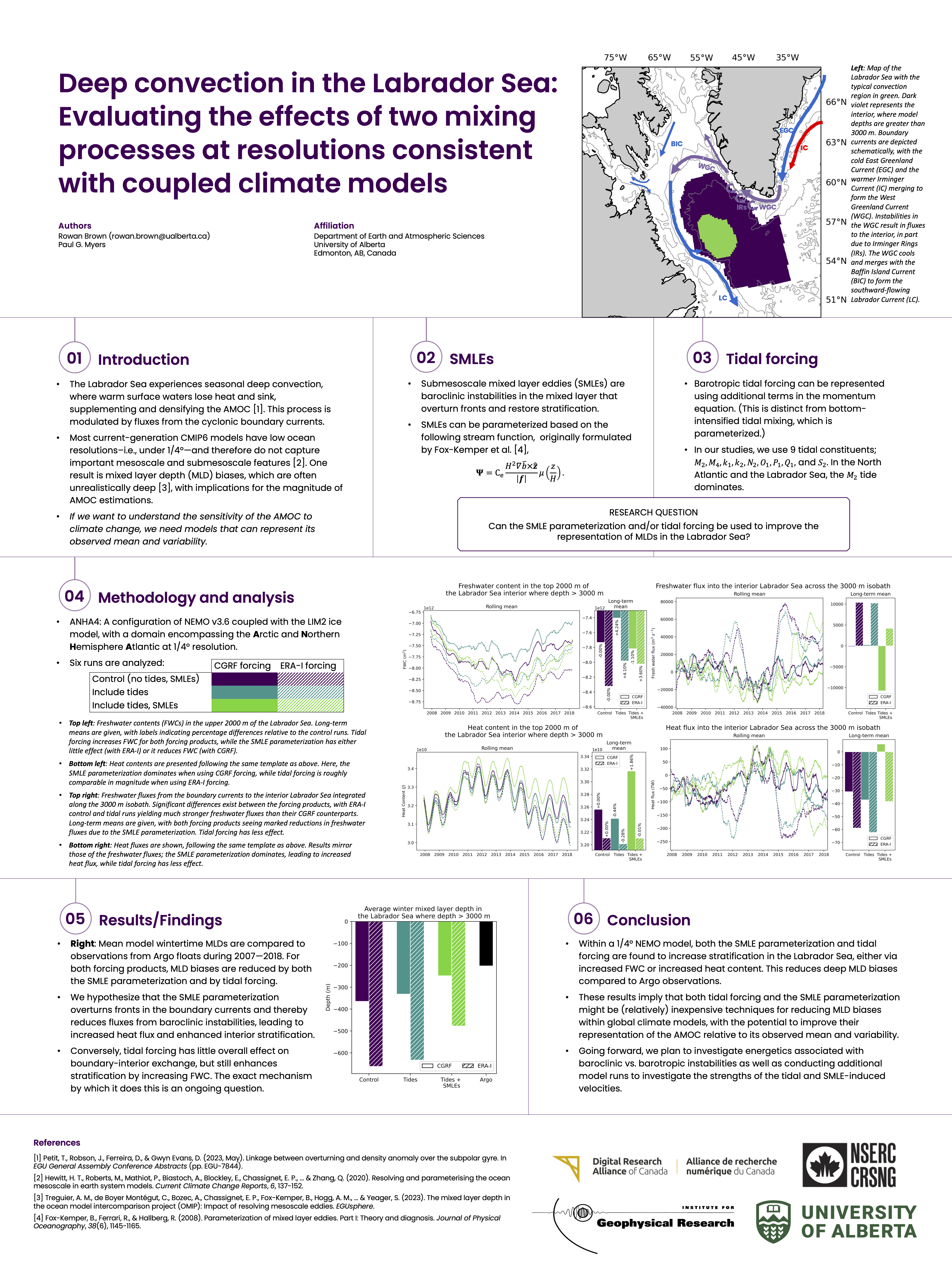2024 NEMO DRAKKAR Ocean Modelling Workshop
Published:
The 2024 NEMO DRAKKAR Workshop was the first scientific meeting (/workshop/conference) that I’ve ever attended. Some might assume that getting an all expenses-paid week in France to learn from world-renowned experts is a sweet deal…
And they’d be right. Plus, to top it all off, I and a few of my lab mates took the opportunity to spend some extra time in Paris, from which my main takeaway is how little I remember of my 12 years of public school French classes.
Fortunately, what I drew from the conference was much less disheartening. For one, I was able to (somewhat) understand most presenters; it seems after almost two years in grad school and going through countless dozens of papers that I’m finally getting the grasp of this oceanography thing.
On a related note, I also experienced for myself one of the main benefits of in-person conferences: it’s like sort of like reading 25+ papers per day. Admittedly, you’re not “reading” them with much deep understanding, but you’re getting the gist without having to actually do the hard part (i.e., reading).
In other words, you’re getting a good overview of the global state of the research for comparatively little energy expenditure, all while meeting interesting people and, in the case of DRAKKAR, getting catered French lunches every day. I suppose these are the obvious attractions of this sort of meeting. And here’s another: you get actionable advice from experts at the top of the field—Anne-Marie Treguier, Gokhan Danabasoglu, and Jérôme Chanut, in my case.
I’ll put my poster below. Its main point is that tidal forcing and the Fox-Kemper parameterization for submesoscale mixed layer eddies both seem to reduce mixed layer depth biases in the Labrador Sea. The recommendations I got from the above three were, in short, to (1) include the numerical representation of the Fox-Kemper stream function, rather than the base theory as shown, (2) consider the $L_f$ parameter very closely, and (3) check the structure of the AR7W section at the shelves to ensure that the boundary currents are reasonably well represented.
Getting these points sorted has been my main goal since returning from Paris, and with a bit of luck and cooperation from Graham, I might have some exciting (to me and no one else) new figures on my upcoming poster for Ocean Sciences.

